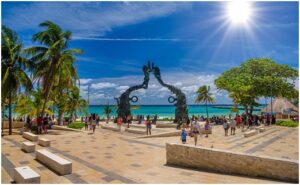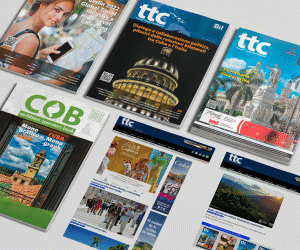Time to rethink Caribbean tourism

By Lilia Burunciuc, World Bank Director for the Caribbean
While the allure of the Caribbean is undeniable, the model of tourism that has developed around it is under strain. The COVID-19 pandemic laid bare the vulnerabilities of tourism-dependent economies. It also created a moment of reflection—a chance to reconsider what kind of tourism serves the region best, not just today but in the long term.
Tourism contributes over 22 percent of GDP across the Caribbean and supports 2.75 million jobs—many of them held by women and young people. Yet, despite its scale, the current model has struggled to deliver real economic value. Cruise tourism remains a dominant force, now accounting for more than half of all tourist arrivals in the Caribbean. Visitor spending, however, is disproportionately low. Cruise passengers spend between US$37 and US$140 per on-shore visit but, many don’t even leave the ship, preferring the activities on board. By contrast, overnight visitors spend around US$1,600 per trip, and adventure tourists even more—close to US$2,300, excluding accommodation, flights and visas. This gap is not just a matter of revenue; it reflects how different types of tourism contribute—or fail to contribute—to local jobs, services, and supply chains.
Source: stabroeknews.com

MORE NEWS










